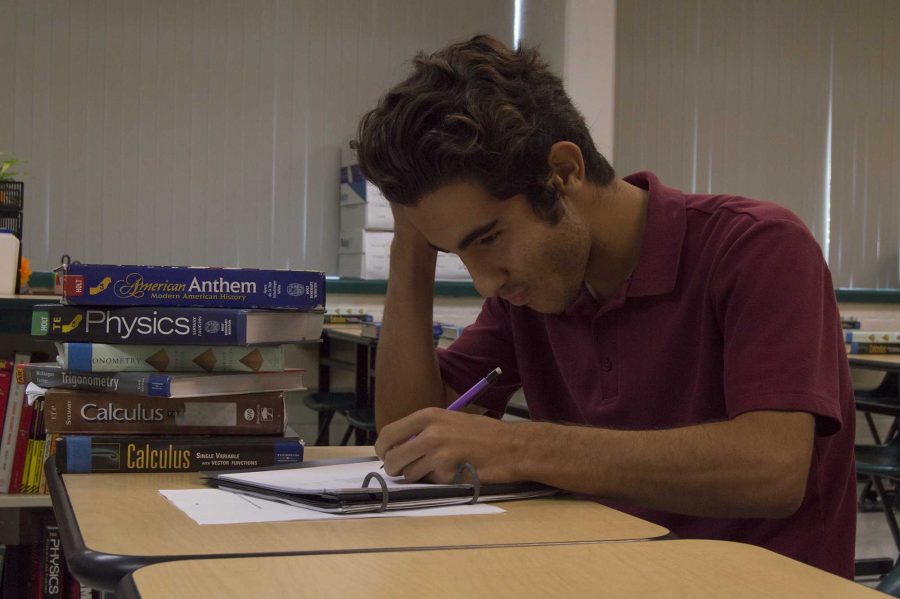(December 19, 2001) — Governor Gray Davis has proposed legislation that will cut $843.5 million from California education in order to offset the recession that has hit our state. This seems like a big cut from a politician who doesn’t care, but those who turn angry at the news of this proposal have obviously jumped to conclusions without bothering to research it. Davis’ proposal has not been passed, and will not even be considered for another month or so, during which time it will undoubtedly be modified many times over. Steve Hodgson, the Chief Business and Financial Officer of the Glendale district, states that the district itself will not suffer heavily should Davis’ legislation be passed. The district, according to Hodgson, is making preparations in anticipation of this proposal, and every effort is being made so that the impact of the budget cuts individual schools in the district will feel will be minimal should the legislation be passed. The district will lose approximately $1.8 million if Davis’ proposal passes. About $930,000 is in an energy grant that was given as a result of the high energy costs earlier this year. Because the cost of energy has gone down, Hodgson stated, the surplus was going to be used to implement new and more efficient air conditioning systems, a project that will be delayed if Davis’ proposal passes as it is at the moment. The rest of the money would have gone to other projects, which will be delayed, not stopped. $843.5 million might seem like a staggering amount to cut from a system already in need of money, but Davis’ proposal results from less than anticipated participation in programs, which include the Ninth Grade Class Size Reduction and Digital High School programs, both of which have not utilized all their funding. Other programs, such as the High School Coach Training program, “intended to provide high school coaches with training in safety-related topics,” are not absolutely needed. High school physical education teachers are required to learn CPR and other safety-related topics and can do so easily without this program. Davis’ proposal also takes money from the surplus in the One-Time Energy Relief Funding that public schools now have. There is no need for this money to sit around or be used for projects that it was not intended for. The proposed amount to be cut from public colleges and universities will not heavily affect the system. The $111 million will come from the surplus from grants given to these colleges and universities by the state because of high energy costs, or will be reverted to elementary and secondary education, or will be taken from programs that have not fully used all the money. There is still plenty of state and federal money, but if college costs continue to be a worry, then don’t go to Starbucks for a month—a pound of coffee beans from the market is just as good. Don’t waste $8 to go to a movie theatre; read a book. And if the old air conditioner or heater goes out during school, no one will get pneumonia or burn in their seats—this is California, and you still have books and a brain. $843.5 million isn’t as big a deal when broken down within the hundreds of schools in the state. The proposal calls for money cuts in programs that did not utilize all its funds and the surplus money that is left over from a crisis that has passed. People should not overexaggerate this issue and look further into others before voicing their grievances.
Categories:
Research before complaining
February 4, 2010
More to Discover








